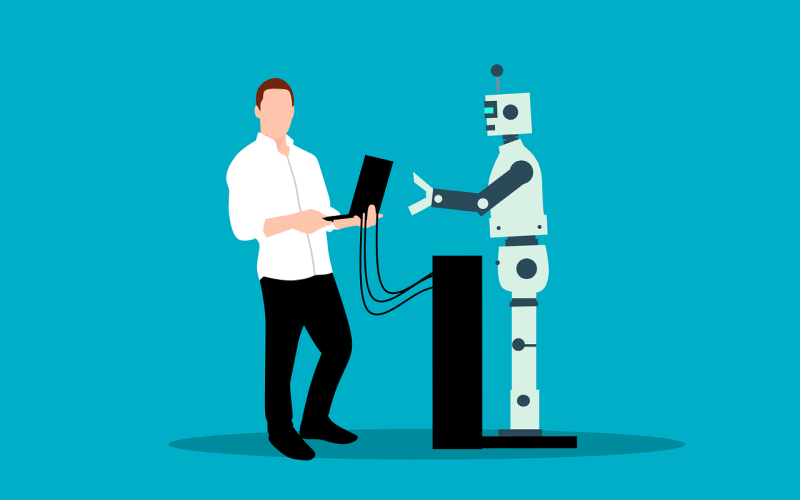Deepfake technology—let’s talk about it. At first glance, it seems harmless enough, even fascinating. Imagine putting your face on your favorite movie character or seeing a politician’s hilarious fake “outtakes.” It’s all fun and games until you realize how serious and far-reaching this technology has become. Deepfakes use AI to create realistic-looking images, videos, and audio clips, making it nearly impossible to distinguish between what’s real and what’s not. And, as you might guess, it’s not always used with the best intentions.
At its core, this tech manipulates people’s perception of reality. When you can’t trust what you’re seeing, it messes with your sense of truth. Picture a political figure making statements that they never actually said—scary, right? This isn’t science fiction. Deepfakes have already shown up in political spaces, where false clips spread like wildfire and can influence public opinion before anyone has time to fact-check. And the damage is done the moment that fake video goes live, even if it’s later debunked.
Another serious issue is privacy invasion, particularly in cases where deepfake technology has been weaponized in horrible ways. For example, people’s faces—often women—are digitally pasted into explicit or damaging situations without their consent. The victims of these deepfakes often experience harassment, shame, and even job consequences. In an instant, someone’s image can be used against them, causing a lasting impact on their reputation and mental well-being. Imagine waking up one day and seeing your face in a place it should never be, with no say in the matter.
Let’s not forget the effect on trust in media. News and media outlets have long held a certain responsibility to deliver accurate information. But with deepfakes making the rounds, it’s harder than ever for viewers to know what’s real. Journalists and fact-checkers can try to keep up, but the reality is that deepfake tech is advancing faster than our ability to verify. The result? An erosion of trust in legitimate information. If people begin to question everything, we’re left in a world where no information feels fully credible.
But perhaps what’s most disturbing is the accessibility of this technology. Not too long ago, creating a deepfake required extensive resources, advanced tech knowledge, and plenty of time. Now? A few apps, a computer, and some time on your hands are all you need to make a passable deepfake. With the barriers to entry so low, misuse is far too easy, leaving us in a place where anyone could become a victim—or a perpetrator.
Deepfake tech could have positive uses—like entertainment or in creative media—but the risks are hard to ignore. In a world where trust is becoming a rare commodity, deepfakes make things even murkier. So next time you see a video that seems a bit off, pause and think: how much of what we see can we really believe? In the age of deepfakes, that’s a question that might not have a simple answer.




